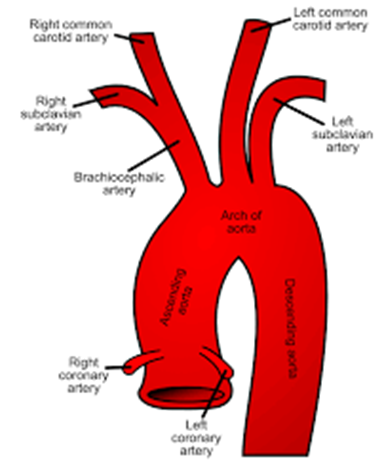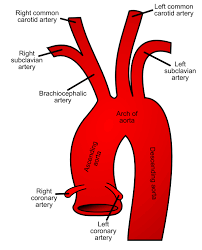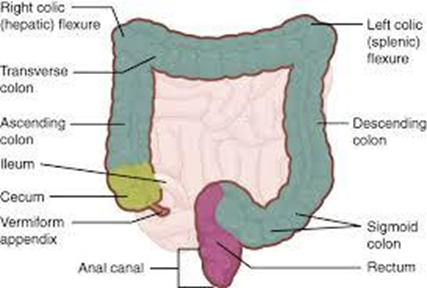Which of the following arteries emerges from ascending aorta?
Left phrenic artery
Left coronary artery
Left subclavian artery
Left intercostal artery
The Correct Answer is B
a. Left phrenic artery: The left phrenic artery arises from the abdominal aorta, not the ascending aorta. It supplies blood to the diaphragm.
b. Left coronary artery: The ascending aorta is the first section of the aorta, the major artery leaving the heart. It branches out to give rise to several arteries, including the left coronary artery, which supplies blood to the left side of the heart muscle.

c. Left subclavian artery: The left subclavian artery arises from the aortic arch, not directly from the ascending aorta. It supplies blood to the left arm and head.
d. Left intercostal artery: The intercostal arteries arise directly from the aorta, not specifically the ascending aorta. They supply blood to the muscles and tissues between the ribs.

Nursing Test Bank
Naxlex Comprehensive Predictor Exams
Related Questions
Correct Answer is A
Explanation
a. Insulin and glucagon: These hormones have opposite effects on blood glucose levels; insulin decreases blood glucose by facilitating cellular uptake, while glucagon increases blood glucose by stimulating glycogen breakdown and gluconeogenesis.
b. Ghrelin and gastrin: Ghrelin stimulates appetite, and gastrin stimulates gastric acid secretion, but they do not directly oppose each other.
c. Calcitonin and melatonin: Calcitonin lowers blood calcium levels, while melatonin regulates sleep-wake cycles; they do not act as antagonists.
d. Androsterone and estradiol: These are sex hormones with different roles but are not direct antagonists; they do not have opposing effects in the body.
Correct Answer is B
Explanation
a. Splenic flexure: This is the bend between the transverse and descending colon on the left side, also known as the left colic flexure.
b. Right colic flexure: The hepatic flexure, also known as the right colic flexure, is the bend between the ascending and transverse colon near the liver.

c. Pontine flexure: This refers to a bend in the developing brainstem, not the colon.
d. Left colic flexure: This is another name for the splenic flexure, not the hepatic flexure.
Whether you are a student looking to ace your exams or a practicing nurse seeking to enhance your expertise , our nursing education contents will empower you with the confidence and competence to make a difference in the lives of patients and become a respected leader in the healthcare field.
Visit Naxlex, invest in your future and unlock endless possibilities with our unparalleled nursing education contents today
Report Wrong Answer on the Current Question
Do you disagree with the answer? If yes, what is your expected answer? Explain.
Kindly be descriptive with the issue you are facing.
